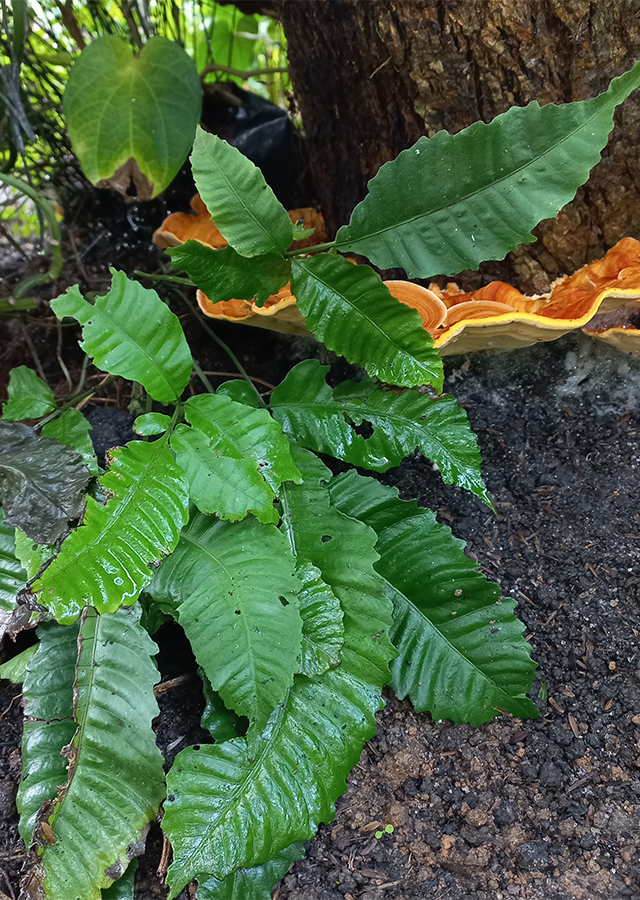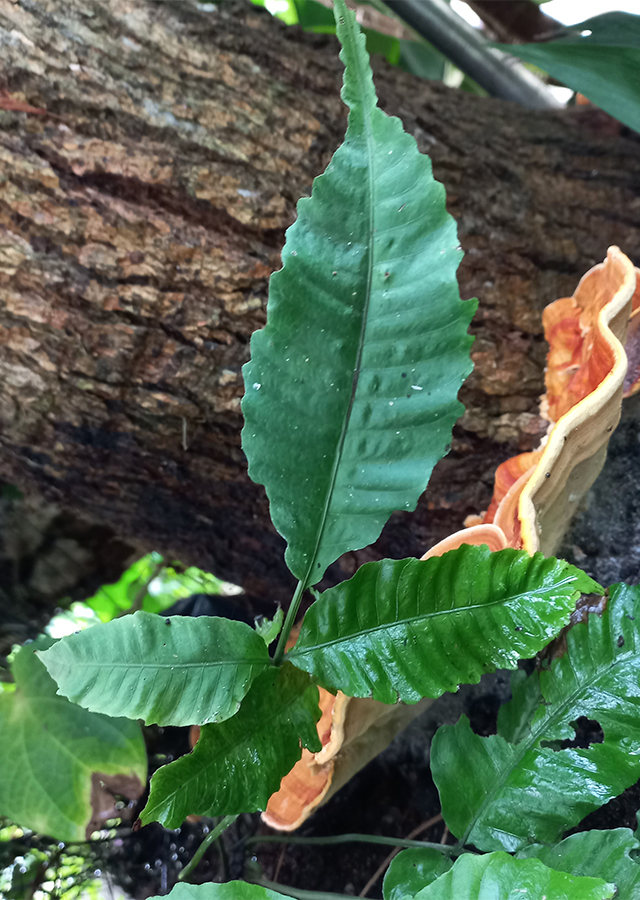Traditional Herbs from Thelypteris triphylla
minyak_karo_mengobati_pegalpegal
- Prepare ingredients: Pirawas 50 g, male kebo tongue 50 g, jump pitu 40 g, and 100 types of plant materials, coconut oil / 6 l packaged palm oil, 1 tbsp salt.
- Wash clean all the ingredients\u00a0and in their respective groups (leaves, dry ingredients and oranges).
- Ingredients in the form of leaves, onions, ginger, all oranges sliced ??but still separated.\u00a0
- Add the ingredients and stir until boiling and fragrant, finally add the salt.
- After that the cooked oil can be removed and strain.
What is Thelypteris triphylla Looks like??



Parts of Thelypteris triphylla that could be used
- All Parts of the Plant
Thelypteris triphylla Distribution
Thelypteris triphylla or pitu jumping plant is a species of the Aspleniaceae family which is widespread in India (West Bengal, South India, Sikkim, Assam, Arunachal Pradesh), Sri Lanka, Myanmar, Thailand, Malaysia, China, Japan, Taiwan, the Philippines, and Australia. Currently, the presence of Thelypteris triphylla in the population is small. Urbanization, population density and road construction are thought to be the causes of the destruction of this plant's natural habitat.Agroecology of Thelypteris triphylla
Thelypteris triphylla is a terrestrial fern that is often found growing naturally in forests.
Morphology of Thelypteris triphylla
- Rhizome long, about 0.5 cm thick, creeping, covered with scales, root hairs blackish brown.
- Scale (3 \u00d71 mm) linear-lanceolate, acuminate tip, margin flat, hairy, clathrate scales found at the base of the leaf stalk, dark brown.
- The stipe on the sterile lamina (leaf blade) measures 6-20\u00d70.2-0.3 cm, sometimes longer on the fertile lamina (fertile), slender, grooved on top, flat bottom. Green to brownish, covered with dense hairs.
- Lamina (leaf blade) measuring about 7-18\u00d75-11 cm, dark green on the adaxial side (surface). top) and light green on the abaxial side (bottom surface), oval and trifoliate (three leaves), opposite (opposite), tapering tip (acuminate), thinning at the base, edge wavy to serrated, costules and veins clearly protrude abaxially, quarter veins (veinlets) spread obliquely and parallel, costules densely hairy,\u00a0all veins from adjacent costules meet in the middle. Adaxial lamina glabrous but abaxial with bent hairs along costae and veinlets. Sori develop along the lamina veinlets, elongate to slightly curved, yellow in color. Capsular sporangia, with 2 bent bristles. Spores measuring 40 x 30 \u00b5m, yellow, ellipsoid, monolithic.
Cultivation of Thelypteris triphylla
Propagation of plants by spores and vegetatively by rhizomes.
Thelypteris triphylla, more details :
Chemical Content of Thelypteris triphyllaInformation not found. Need further investigation.
Benefits of Thelypteris triphylla
Used as an ingredient in making karo oil to treat aches.
Simplisia of Thelypteris triphylla
Another Facts for Thelypteris triphylla :
Synonym of Thelypteris triphyllaCyclosorum triphyllus (Sw.) Tardieu, Pronephrium triphyllum (Sw.) Holttum, Dryopteris triphylla (Sw.) C.Chr.
Habitus of Thelypteris triphylla
Fern. Ferns.
Habitat of Thelypteris triphylla
- Forest
- Land
No comments:
Post a Comment